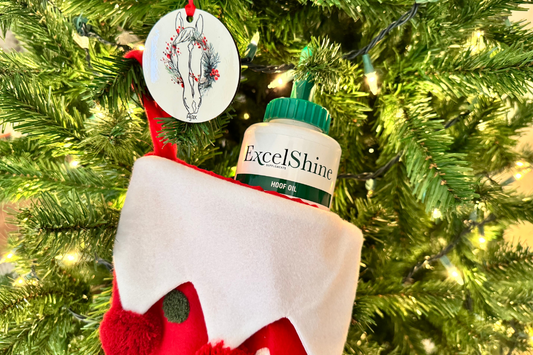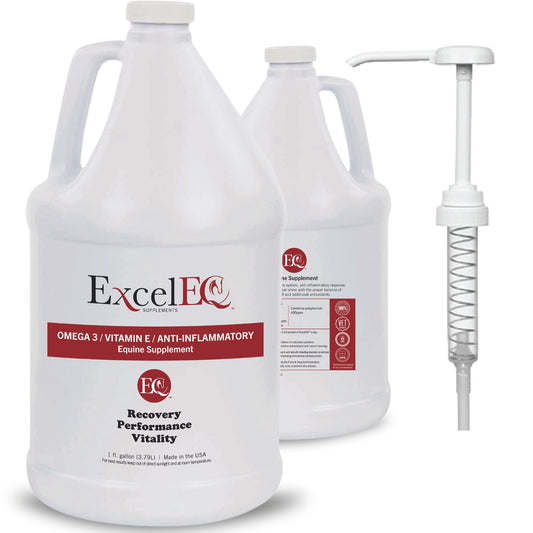Equine Deworming 101: Essential Guide for Horse Health
Share
When creating a deworming schedule for your horse, it’s crucial to consider several factors to ensure effective parasite control. This guide explores the dangers of parasites, identifies common parasites, discusses the most effective dewormers, and offers tips for maintaining healthy pastures to reduce infection risk.
Understanding Internal Parasite Control
Internal parasite control is fundamental to maintaining a healthy horse. Effective management goes beyond choosing the cheapest dewormer at your local feed store. It involves a collaborative approach with your equine veterinarian and proper pasture management. High levels of parasites can lead to significant health issues such as weight loss, diarrhea, colic, and a dull coat.
Building a Strong Relationship with Your Veterinarian
A good relationship with your veterinarian is essential, not only for emergencies but also for routine parasite management. Your veterinarian should conduct a Fecal Egg Count (FEC) test twice a year, ideally in the spring and fall. This test uses a fresh manure sample to detect the presence of parasites.
Perform an FEC before spring deworming to assess your horse’s parasite load. If the eggs per gram (EPG) count exceeds 200, treatment is necessary. EPG counts between 200 and 500 indicate a moderate infestation, while counts above 500 are high.
A follow-up FEC, typically 14 days after deworming, helps determine if the parasites have developed resistance to the dewormer used and whether more aggressive treatment is required.
Common Parasites in Horses
Horses are commonly affected by several parasites, including:
- Large Strongyles: These parasites hide in grass, which horses consume, leading to infection.
- Roundworms: These can cause various health problems and require specific treatment.
- Pinworms: Known for causing irritation around the tail area.
- Stomach Bots: Identified by yellow eggs on a horse’s legs; these larvae migrate from the stomach to the ground.
Each parasite requires targeted treatment for effective control.
Types of Dewormers
There are five primary classes of anthelmintics (dewormers):
- Macrocyclic Lactones (e.g., Ivermectin, Moxidectin): These induce selective paralysis in parasites.
- Benzimidazoles (e.g., Fenbendazole, Oxibendazole): These disrupt microtubule formation, preventing egg production.
- Pyrimidines (e.g., Pyrantel Salts): These cause spastic paralysis in nematodes and tapeworms.
- Heterocyclics (e.g., Piperazine): These induce spastic paralysis in adult ascarids.
- Praziquantel: This causes muscular contraction in parasites.
Effective Pasture Management
In addition to chemical treatments, effective pasture management is vital for reducing parasite risk. Practices such as rotating pastures, regular manure removal, and preventing overstocking can help lower parasite levels.
Enhance your horse’s health by providing high-quality forage and supplements like ExcelEQ™ and ExcelEQ ProElite™. These supplements help balance bacteria and acid levels in the hindgut, making it easier for your horse to combat parasitic infections. Remember, a healthy horse is a happy horse!
Conclusion
Every horse is unique, and proper medical guidance is essential. Consult your veterinarian to develop a personalized deworming and management plan that ensures your horse’s optimal health and performance.
For more information, visit our sources:
- Equine Recommended Deworming Schedule by the Veterinary Teaching Hospital at Colorado State University.
- Parasite Control in Horses - Management and Nutrition by the Merck Veterinary Manual.
- AAEP Parasite Control Guidelines.
By staying informed and proactive, you can protect your horse from parasites and ensure their overall well-being.






